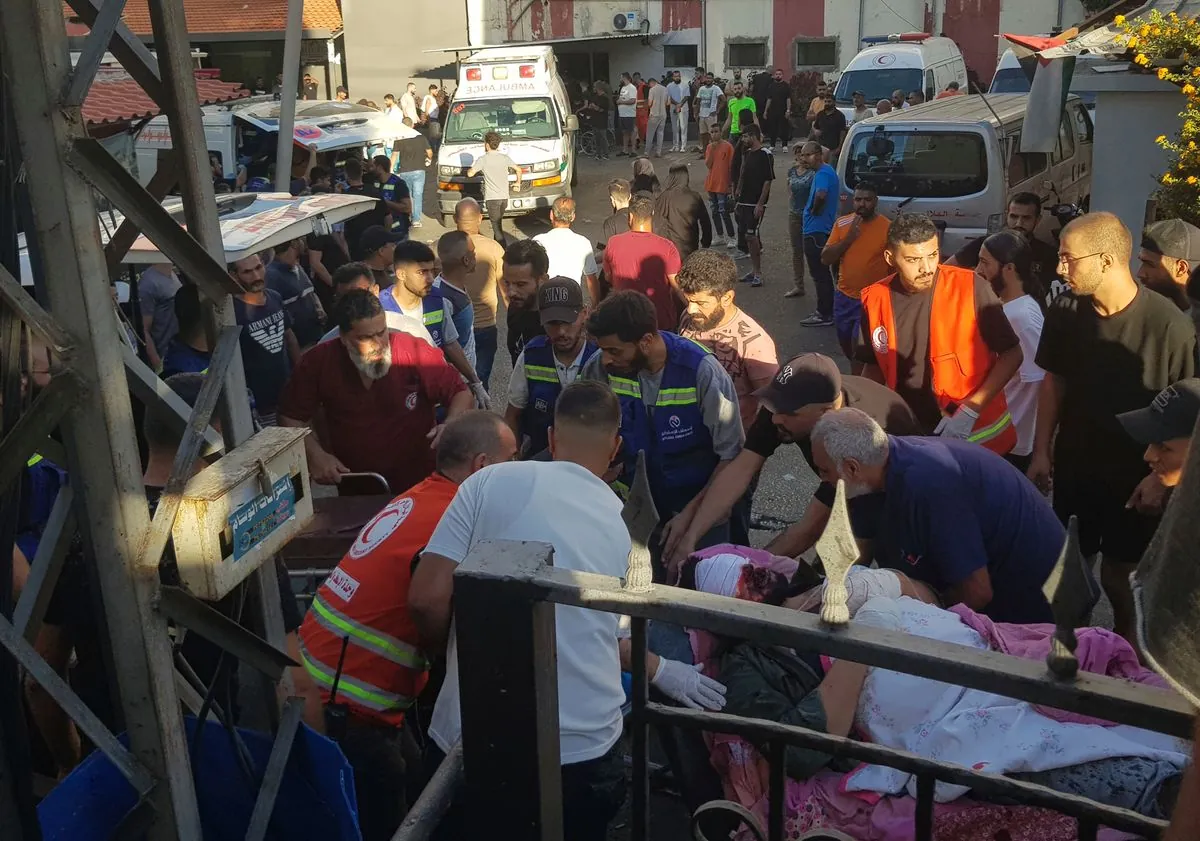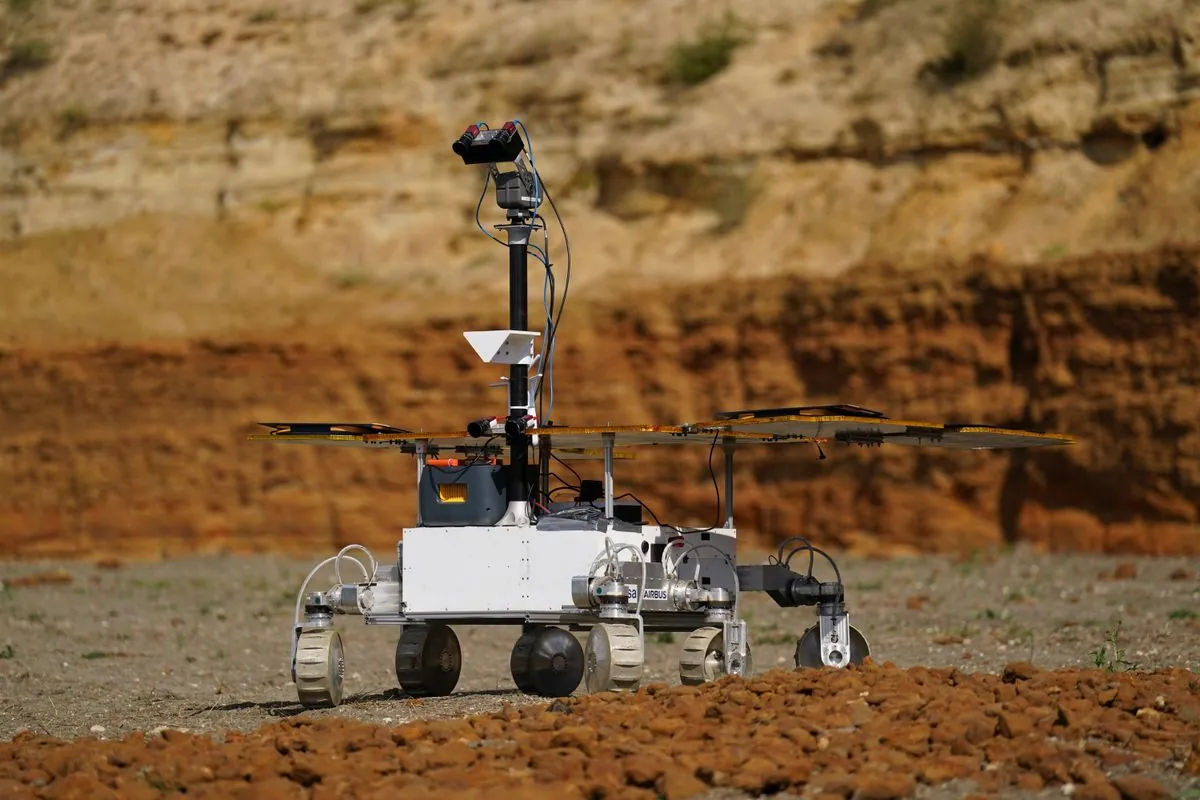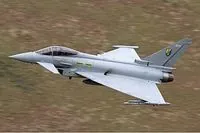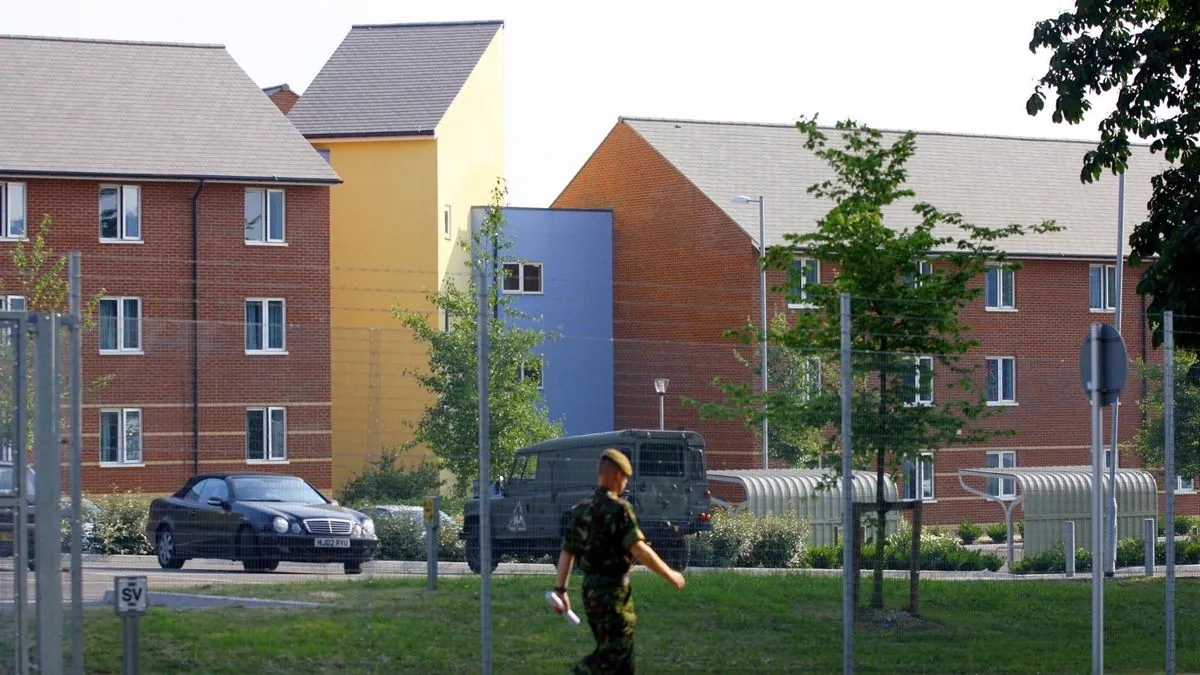Novel Drone Tactic: Thermite Deployment on Ukrainian Battlefield
A drone's thermite attack on a treeline in southern Ukraine marks a new phase in aerial warfare. Both sides claim credit for this innovative use of unmanned vehicles in the ongoing conflict.
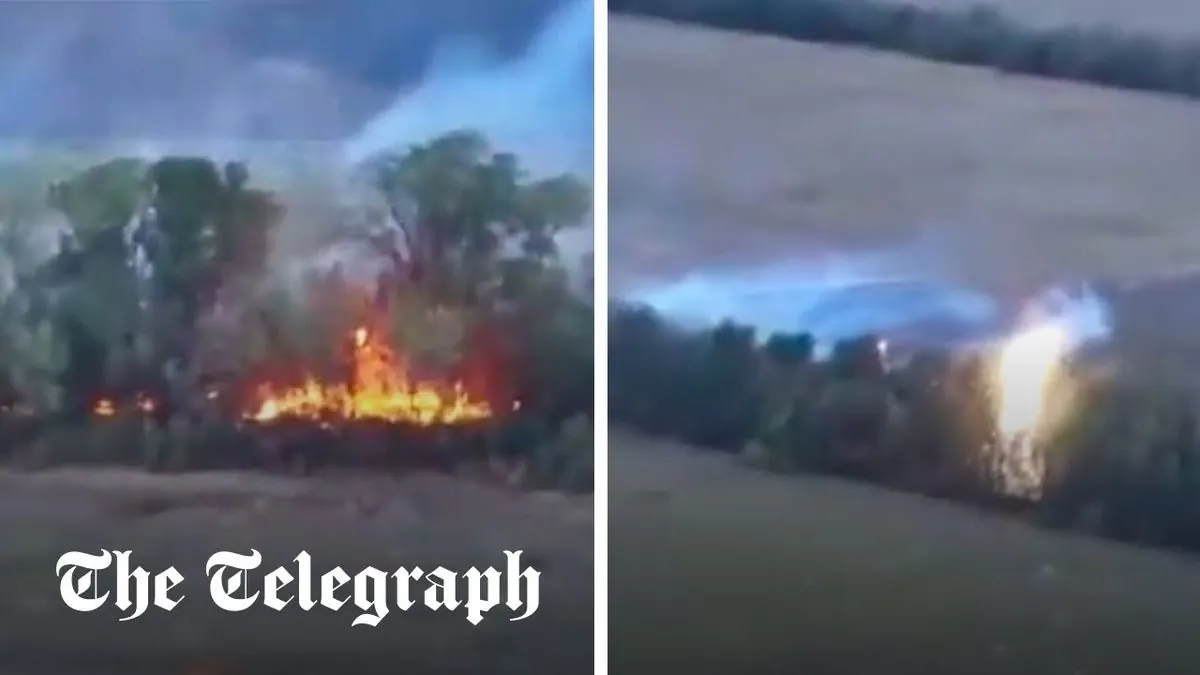
In a significant development in the ongoing conflict between Russia and Ukraine, a drone has been observed deploying molten thermite on a treeline in southern Ukraine. This event, occurring approximately 2.5 years after Russia's full-scale invasion, showcases the evolving nature of drone warfare in the region.
The incident, captured on video and widely circulated on social media, depicts a first-person view of a drone methodically pouring a stream of white-hot metal across a forest belt. This tactic represents a novel application of thermite in warfare, a substance known for its extreme heat-generating properties. Discovered in 1893 by German chemist Hans Goldschmidt, thermite can reach temperatures exceeding 2,500°C (4,532°F), making it capable of burning through steel.
Open-source intelligence researchers have geolocated the footage to a treeline in Russian-controlled Zaporizhzhia, near the village of Ukrains'ke. Zaporizhzhia, notably home to Europe's largest nuclear power plant, has been a focal point in the conflict.
The strategic importance of these forest belts in southern Ukraine cannot be overstated. Originally planted as windbreaks to protect agricultural land - a testament to Ukraine's status as the "breadbasket of Europe" - these treelines now serve as crucial defensive positions in the conflict. They provide cover for forces defending against advances across the vast, open fields characteristic of the region.

Both Ukrainian and Russian sources have claimed responsibility for this innovative drone attack. One report attributes it to a company of Ukraine's 108th Territorial Defence Brigade, while a prominent Russian military blogger also asserted credit. The veracity of these claims remains unverified.
This incident marks the first reported use of a drone to deploy thermite across an entire treeline. Previously, Ukrainian forces had utilized thermite munitions to destroy abandoned Russian armored vehicles and tanks by dropping them through hatches.
"This new application of drone technology demonstrates the ongoing innovation in warfare tactics. However, we must consider the ethical implications and potential consequences of such methods."
The use of thermite in warfare raises significant concerns. When employed against civilian areas, it is considered a war crime under international law. The prohibition of incendiary weapons against civilian populations underscores the gravity of such tactics.
Since the onset of Russia's invasion in February 2022, both Ukrainian and Russian forces have continually pushed the boundaries of drone warfare. Ukraine, in particular, has developed increasingly sophisticated drones, including long-range models capable of striking targets deep within Russian territory. This advancement comes in response to restrictions on the use of Western-supplied missiles for such operations.
The evolution of drone warfare, from its early use for reconnaissance in World War I to today's armed and highly maneuverable unmanned vehicles, reflects the rapid technological advancements in this field. As the conflict continues, it is likely that we will witness further innovations in drone tactics and countermeasures, shaping the future of modern warfare.


